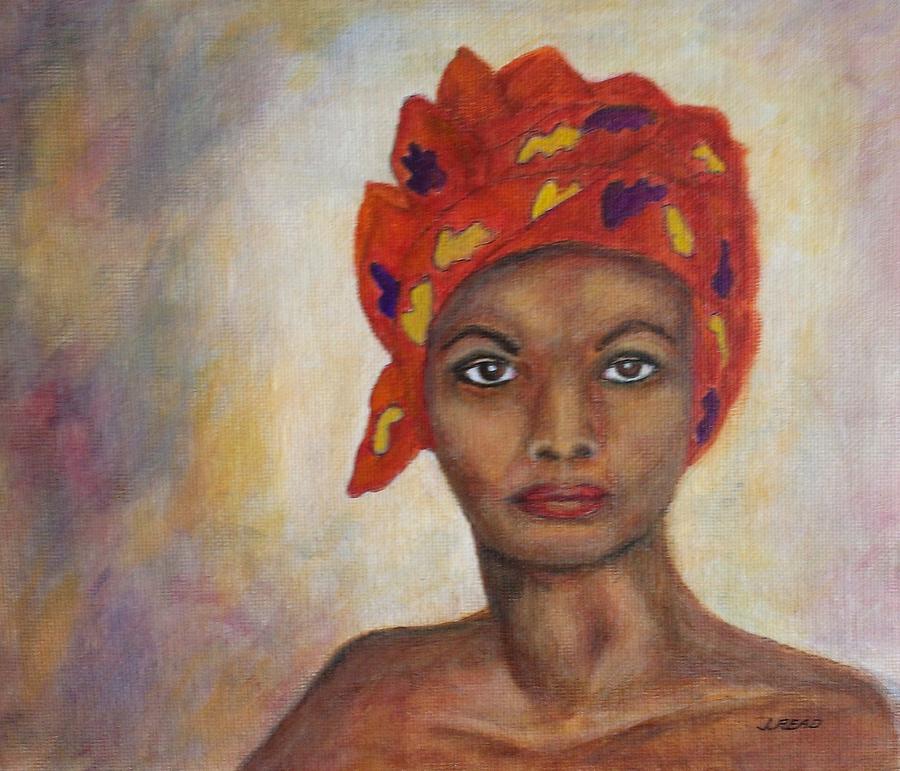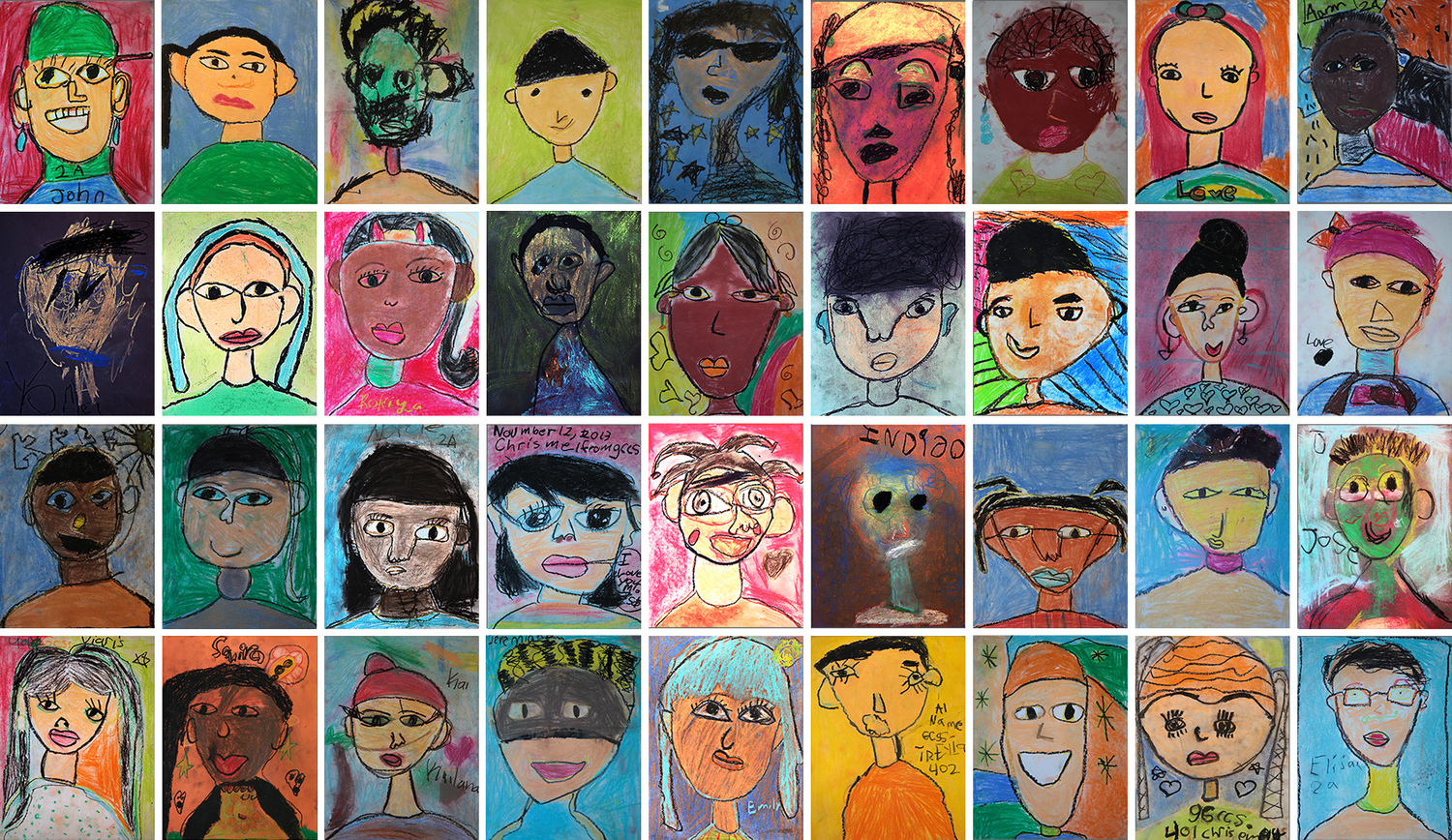A tignon (pronounced tiyon) is a type of head-covering that closely resembles the gele of West Africa. It was worn (required by law) by women of African descent in Spanish controlled Louisiana beginning in 1786. During this era, the Spanish governor decreed that all women of color should cover their hair in order to refrain from an "excessive attention to dress" (they were attracting the "interests" of the local men) and to restore/ maintain the accepted class/ racial distinctions and prejudices.
This intended mark of inferiority came to have a very different effect...New Orleans historian Carolyn M. Long shares:
"Instead of being considered a badge of dishonor, the tignon became a fashion statement. The bright reds, blues, and yellows of the scarves, and the imaginative wrapping techniques employed by their wearers, are said to have enhanced the beauty of the women of color."
Instead of accepting this racist "mark of inferiority", the women reinterpreted the law to enhance their beauty and protest against this demeaning "law". I can't help to think that the strength seen in the Black Lives Matter movement has the "Spirit of the Tignon" in their declaration of pride and demand for justice...
As 2016 approaches, let's recognize and embrace inherent and unique beauty...even in those who some would call "our enemy"!























